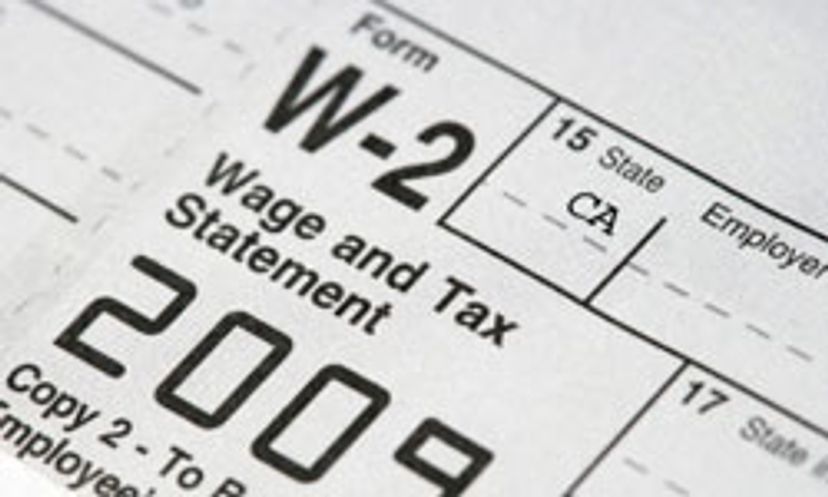
Alaska, Florida, Nevada, South Dakota, Texas, Washington and Wyoming are the seven states that do not have an individual income tax, leaving 43 that do. New Hampshire and Tennessee charge tax on interest earnings and dividends from owning stock, but technically this is not considered an income tax.
State governments collect all kinds of taxes such as sales tax and severance tax. For many states, the largest source of revenue is income tax, which is a tax on money that people or businesses earn.
The government will tax you on any money you earned in any way during the course of the year. This includes salaries, rental income, interest and gambling earnings.
Advertisement
State income tax in the United States ranges from nothing to almost 11 percent.
The government offers tax deductions to encourage spending in certain areas. By reducing the taxes you owe, they hope you will be more likely to spend money on worthwhile activities such as going to college, donating to charity or buying your first home.
In order to know how much you owe in state tax, you will first have to know the adjusted gross income you calculated for your federal taxes. Most states use your adjusted gross income as the basis for taxation.
Advertisement
Hawaii has the highest progressive tax level of any U.S. state, while Iowa has the lowest with a rate of only 0.36 percent if you earn less than $1,407 per year.
North Dakota collects about six percent of its revenue from individual income tax, whereas Connecticut gets a whopping 33 percent. The average is about 19 percent of total revenue.
Most states require you to pay taxes in the state in which your income is earned, but some require you to pay where you live. Before you decide to commute to work across state lines, check out the relevant state income tax laws to be sure you won't be paying twice.
Advertisement
If you lived in New York State in 2008, you paid an average of $40.59 in individual income taxes for every $1,000 you earned. South Dakota and Wyoming are two of the seven states with no individual income tax.
Since Wyoming has a rich supply of natural resources, two of it's largest sources of revenue are severance taxes (a tax on the removal of natural resources) and mineral royalty taxes (a tax on revenue earned from selling minerals from the state).
With much of its economy based on tourism and gambling, Nevada can manage without a personal state income tax. It earns much of its revenue from state sales tax and gaming tax.
Advertisement
Depending on the states in question, you might have to pay income tax in both states where you own a residence, although you usually pay income tax in the state that you list as your primary residence.
To simplify matters, if you are military personnel, you are expected to pay taxes in the state you lived in when you first enlisted.
Your tax burden can vary greatly in different states, so if you are considering a move to another state, it is a good idea to calculate your new tax burden before making any major decisions. Alaska has the highest tax burden of all 50 states.
Advertisement